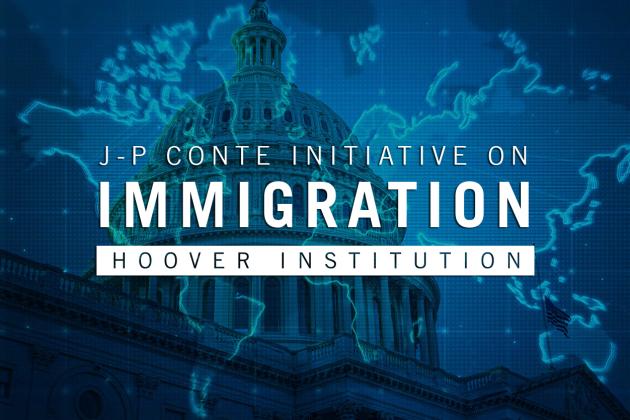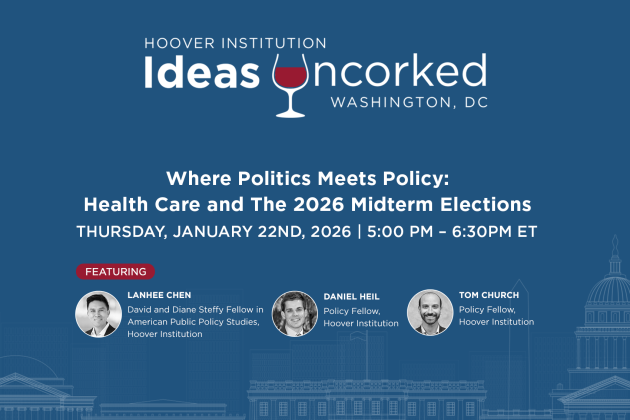PARTICIPANTS
Matthew Gentzkow, Varadarajan Chari, John Cochrane, Tom Gilligan, Joe Grundfest, Rick Hanushek, Laurie Hodrick, Patrick Kehoe, Dan Kessler, Brad Larsen, Ed Lazear, David Mauler, Bob Pozen, John Raisian, George Shultz, John Taylor
ISSUES DISCUSSED
Matthew Gentzkow, Professor of Economics at Stanford University, discussed his work with Jesse Shapiro and Matt Taddy on “Measuring Polarization in High-Dimensional Data: Method and Application to Congressional Speech.”
Gentzkow first noted that language choice constitutes an important dimension of polarization in American politics. Democrats and Republicans tend to use different language in political discourse. This arises due to differences in what each party tends to mention as well as how each party mentions any given subject. Gentzkow described his research objective as asking the following question: how has partisan language evolved over time?
In attacking this question, Gentzkow uses the text of all congressional speeches back to 1880. His statistical approach teases out how well—at a given point in history—one can discriminate which party a member of Congress belongs to based on the phrases that member uses. This time varying statistical ability to distinguish party based on language provides a relative measure of political slant.
Gentzkow then reviewed his results from this exercise. Mean partisan difference in slant was low and relatively constant from 1880 until the early 1990s. Following this period, language has become markedly more partisan, showing a sharp upward trend. Gentzkow also provided a snapshot of some of the most partisan phrases during several periods in the sample. For example, during the 109th Congress (2005-06), the phrase “tax relief” was much more likely to be used by a Republican, while “tax break” was much more likely to be used by a Democrat.
Gentzkow concluded by recasting the results into a magnitude lending itself to easier interpretation. He showed that, given a speech 100 phrases long from 1880, the estimated model could correctly predict the speaker’s party with less than 60% probability. By 2008, this success rate increases above 90%.









